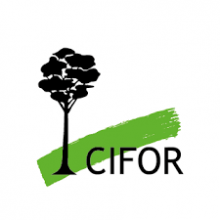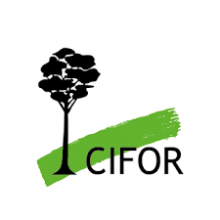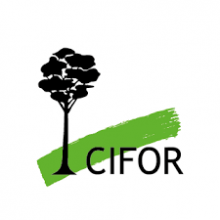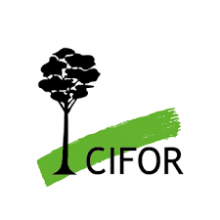Rights and tenure arrangements determine who has what resources, how resources are used and managed, and who gets the benefits. Recognizing rights and tenure is important to ensure equitable social forestry.
Checklist questions
The following questions highlight issues of equity related to the distribution of tenure and rights, and benefits and costs among different forest users or groups of users.
- Has who has which rights to what been identified? What kind of tenurial recognition does the community have?
- Who will benefit directly and indirectly and how from social forestry?
- Does social forestry take into account the rights and tenure of communities and the impact of social forestry on them? Does social forestry recognize both statutory and customary tenure arrangements?
- Are there any existing safeguard mechanisms to ensure recognition of rights of forest dwellers, customary and ethnic minorities, and vulnerable groups including women and poor people?
- Are the people, groups and institutions involved in social forestry recognized and respected by local, national and international institutions?
The importance of tenure recognition for legitimate and equitable approaches
Incorporating tenure into policy design and implementation is necessary to ensure legitimacy and equity. One case study shows how local tenure contexts might shape participatory measurement, reporting and verification in REDD+ and bring legitimacy to the activities introduced.
Another global review highlights inequality in a process of formalizing land rights between communities and companies. It proposes accessible and transparent procedures for acquiring land. And it outlines how governments, implementing institutions and civil society can address inequality.
Lessons learned on equity, benefit sharing mechanisms and safeguard mechanisms
An example from Cambodia illustrates the country’s legal approach in recognizing forest land tenure through policies and regulations. It also explains how to do policy assessments using a framework based on principles in the Voluntary Guidelines for Responsible Governance of Tenure.
The results show that major gaps remain in terms of legal allocation and transfer of rights, safeguarding livelihoods and conflict related to tenure. Lessons from other approaches or mechanisms, such as payment for environmental services, benefit sharing, REDD+, safeguard information systems, and livelihood protection, can be used to fill the gaps and ensure secure and equitable tenure.
Incorporating tenure
Two how-to publications are available. The first is a research manual that clarifies key issues in tenure and access and provides a collection of relevant research methods and tools to collect information.
Some social forestry schemes are introduced within conservation or protected area. The second publication illustrates how land tenure security affects conservation measures and outcomes, and provides two assessment approaches to identify types of land tenure and map sources of tenure insecurity.
















